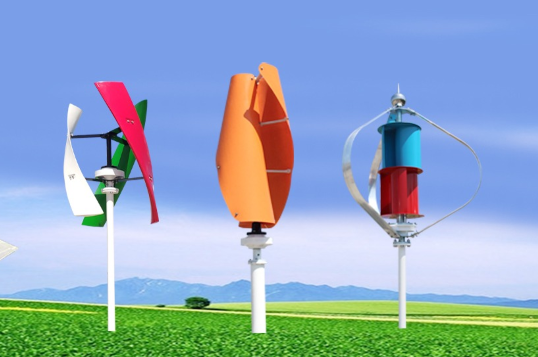Traditional Energy has brought a lot of convenience to our lives, but with the passage of time, it gradually exposed more and more shortcomings. Pollution and destruction of the environment, as well as over-exploitation, have reduced the available energy reserves and reliance on traditional sources alone can not meet the needs of our rapidly growing industries. Therefore, alternative energy has become our most important development direction, and our best way to live in harmony with nature.
We use power generation devices to convert hydropower, fossil fuel (coal, oil, natural gas) heat, nuclear, solar, wind, geothermal, ocean and other energy into the production process of electricity, it’s called power generation. Such power generation devices are used to meet the needs of the national economy and various sectors of people’s lives. Power generating units are divided into thermal power generating units, hydraulic power generating units, nuclear power units and other energy generating units according to the types of energy sources. The fossil-fuel power station consists of a power plant boiler, a steam turbine, a generator (commonly known as the big three engines) and its auxiliary equipment. The hydropower station is composed of hydraulic electric generator, speed regulators, hydraulic devices and other auxiliary devices. Nuclear power plants consist of nuclear reactors, steam generator, steam electric generator and other auxiliary equipment. Electricity is easier to regulate in production, transmission and use than other energy sources. So it is an ideal primary energy.
Power Generation is the center of power industry, it determines the scale of power industry, but also affects the development of power transmission and distribution in the power system. By the end of the 1980s, the main forms of power generation were thermal, hydro and nuclear, with the third generation accounting for more than 99 per cent of total generation. Coal, oil, natural gas and environmental pollution have reduced the proportion of coal-fired power generation in the world from around 70% in the 1980s to around 64% , hydropower has almost been developed. 90% , so it stayed around 20% , and the proportion of nuclear power went up to over 15% by the end of 1980. This reflects the growing concern about nuclear power as fossil fuels are in short supply.
As a representative product of renewable and clean energy, wind turbines will play an increasingly important role in countries around the world.
Post time: Oct-17-2022
